Wei Jianjun, chairman of Great Wall Automobile Group, believes that the ability to accelerate too quickly in electric vehicles poses a significant safety risk. Speaking at the launch of the Haval H6L, he stressed that accelerating from 0–100 km/h in under 4 seconds usually requires professionally trained drivers; in fact, many accidents are caused by drivers not being ready for the acceleration too hard.
According to him, violent acceleration can make the driver dizzy, disoriented, going against the laws of physics and physiology of the body. He suggests prioritizing the ability to accelerate from 0 to 40 km/h to quickly pass intersections, instead of racing for 0 to 100 km/h. When reaching 60 km/h, the acceleration response does not need to be too aggressive.

Warning from Great Wall Chairman about Super-Fast Acceleration
The key point in Mr. Wei’s message is that “power must be controlled.” He sees sudden acceleration as not only unsafe, but also entails consequences: more pollution emissions (in the general context of traffic), energy consumption, and rapid damage to vehicles. The way society operates, he says, is like driving a car: you can’t accelerate too quickly.
In terms of use, he stressed that the real need is in the lower speed range. Common scenarios include starting, merging, and passing intersections – where throttle sensitivity and responsiveness are more valuable than 0–100 km/h times. If the response is too sensitive, it can easily startle the driver, especially the novice.
Draft regulation: safe default mode on startup
At the same time, a new draft regulation was published that addresses the increase in accidents involving electric and hybrid vehicles when starting up. The main cause is said to be the driver not being prepared enough but the vehicle activating high acceleration mode.
The draft requires that new cars be started in low acceleration mode, allowing users to get used to it before needing more power. Specifically, every time the car is started (except in cases where the engine automatically shuts down and restarts), the default mode must ensure a 0–100 km/h time of at least 5 seconds. The driver can still switch to another mode when high performance is needed.
0–40 km/h: the speed range that determines the feeling of safety
According to Mr. Wei’s opinion, optimizing the 0–40 km/h range brings clear benefits in urban conditions. Smooth acceleration, linear power adjustment and good grip control make it easier for new drivers to master, reducing the risk of over-steering and loss of control.
At 60 km/h, the acceleration response should not be too sharp. Once the driver has settled into the flow of traffic, the priority should be to switch to a smooth and steady pace rather than a burst of speed. This approach is more in line with the goal of safety and energy efficiency.
Implications for users and manufacturers
For users, the default setting of the car to a gentler acceleration mode after each start significantly reduces the possibility of "startling" when stepping on the gas, especially in tight spaces or when operating urgently. Once they get used to it, they can proactively switch to high-power mode.
For manufacturers, changing the performance philosophy from “0–100 km/h performance” to “low-range control” is oriented towards developing a more sensitive, smooth, and predictable traction management system and throttle response. This is also in line with the safety and sustainability trend that Mr. Wei mentioned.
Conclude
Wei Jianjun’s remarks at the Haval H6L event and the draft regulations indicate a shift: instead of chasing impressive 0–100 km/h figures, the industry is prioritizing low-range acceleration control to reduce accidents and use energy more efficiently. With the number of crashes involving electric vehicles on the rise, the “safety by default, performance when needed” approach seems to be the right fit for most users.
Source: https://baonghean.vn/tang-toc-qua-nhanh-o-xe-dien-canh-bao-tu-great-wall-10312005.html



![[Photo] National Assembly Chairman Tran Thanh Man holds talks with President of the Senate of the Czech Republic Milos Vystrcil](/_next/image?url=https%3A%2F%2Fvphoto.vietnam.vn%2Fthumb%2F1200x675%2Fvietnam%2Fresource%2FIMAGE%2F2025%2F11%2F21%2F1763715853195_ndo_br_bnd-6440-jpg.webp&w=3840&q=75)

![[Photo] President Luong Cuong receives Speaker of the Korean National Assembly Woo Won Shik](/_next/image?url=https%3A%2F%2Fvphoto.vietnam.vn%2Fthumb%2F1200x675%2Fvietnam%2Fresource%2FIMAGE%2F2025%2F11%2F21%2F1763720046458_ndo_br_1-jpg.webp&w=3840&q=75)
![[Photo] Visit Hung Yen to admire the "wooden masterpiece" pagoda in the heart of the Northern Delta](/_next/image?url=https%3A%2F%2Fvphoto.vietnam.vn%2Fthumb%2F1200x675%2Fvietnam%2Fresource%2FIMAGE%2F2025%2F11%2F21%2F1763716446000_a1-bnd-8471-1769-jpg.webp&w=3840&q=75)
![[Photo] General Secretary To Lam receives President of the Senate of the Czech Republic Milos Vystrcil](/_next/image?url=https%3A%2F%2Fvphoto.vietnam.vn%2Fthumb%2F1200x675%2Fvietnam%2Fresource%2FIMAGE%2F2025%2F11%2F21%2F1763723946294_ndo_br_1-8401-jpg.webp&w=3840&q=75)







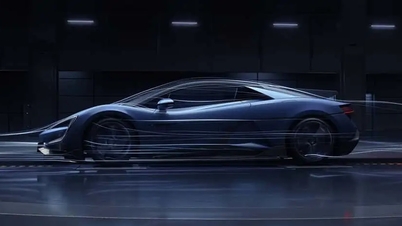
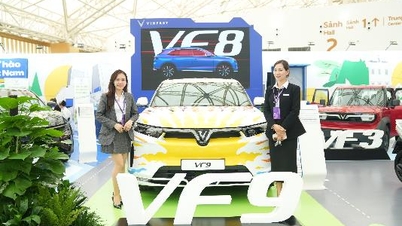



















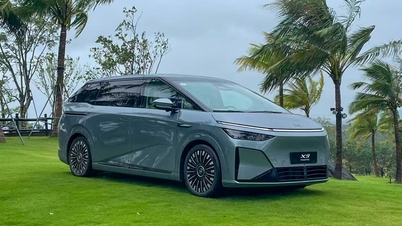





















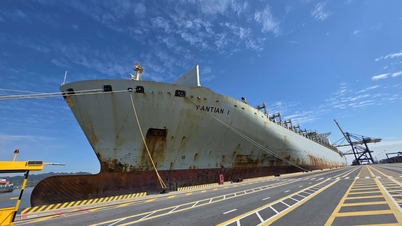















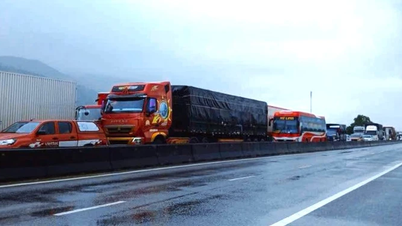







































Comment (0)